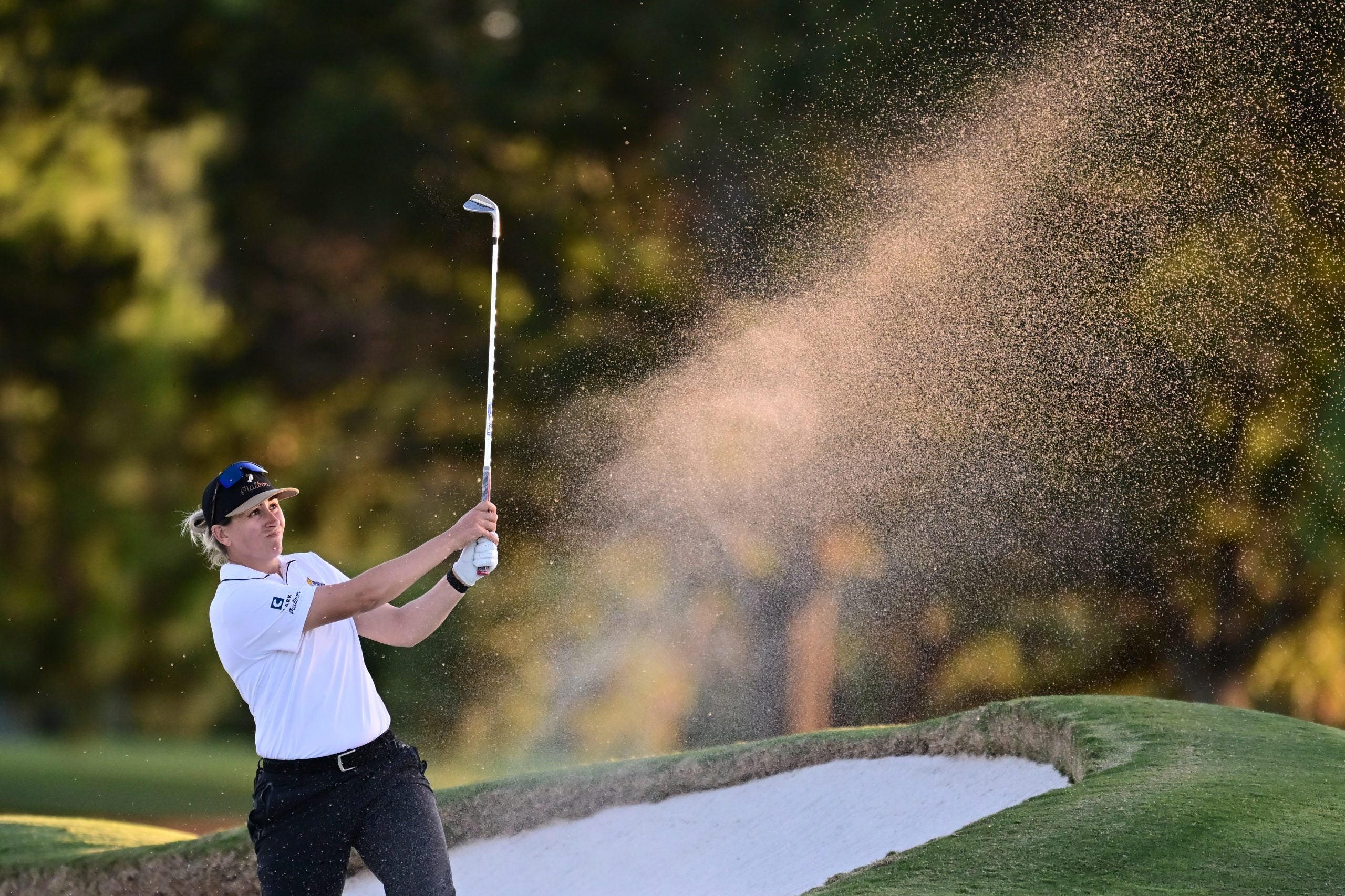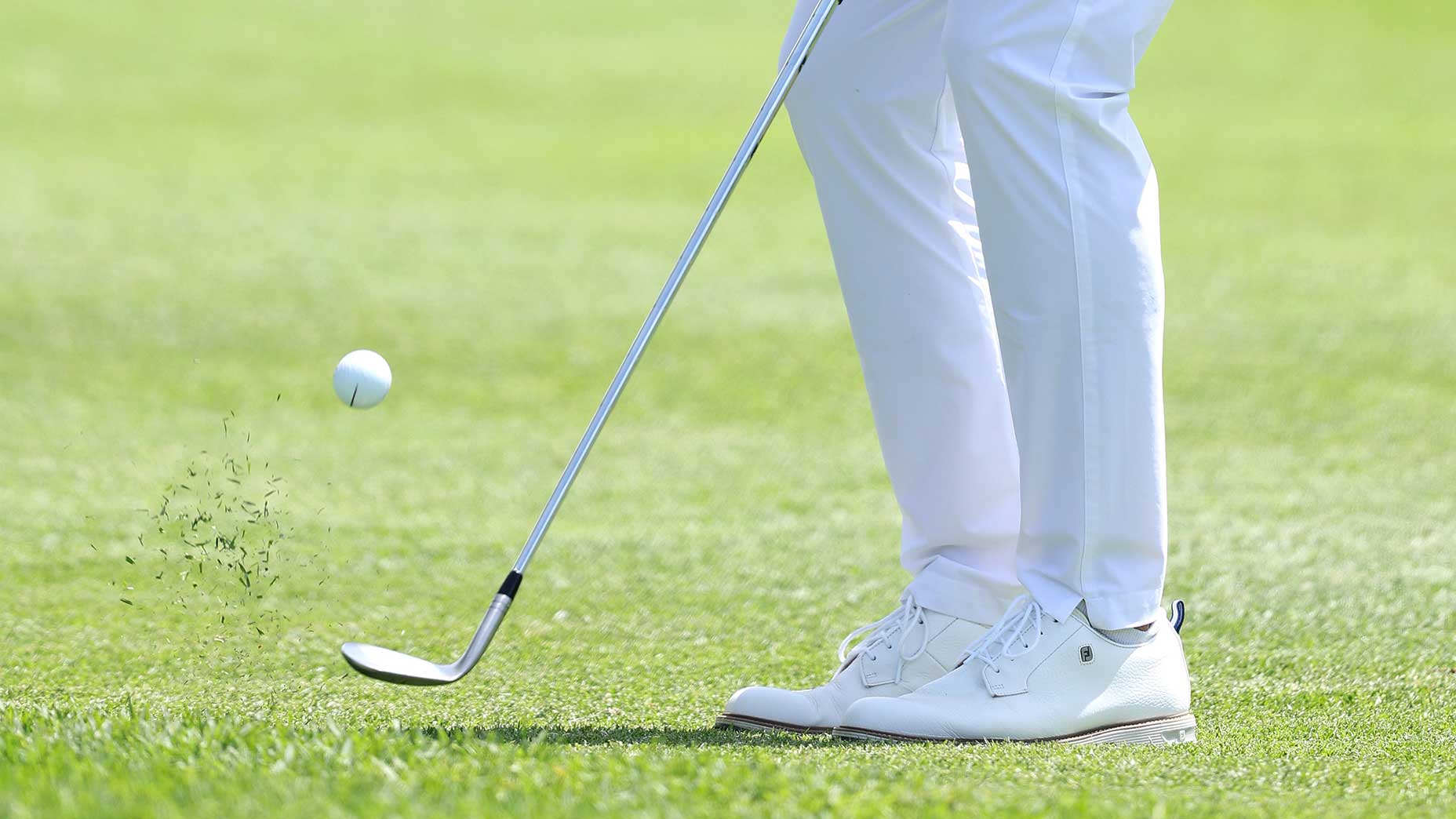Playing a round of golf is generally always straightforward — at least in terms of the motions you go through from start to finish. You arrive at the course, warm up, start your round and continue playing the holes in order until the last putt drops.
Practice, however, tends to have a lot less structure. Most players want to get better, but the sheer number of different improvement ideas, drills and exercises to try can be overwhelming. What should you work on once you get to the course? How much time should you spend? And how will you know when you’re done? So many questions!
That’s why GOLF Top 100 Teacher Debbie Doniger says it’s important to always do this one thing when practicing at at the range: have a game plan.
“You should ask your coach or teacher to write out a detailed game plan for the amount of time that you’ve allotted for yourself to practice,” Doniger said at GOLF’s Top 100 Teacher Summit at Cabot Citrus Farms in Florida. “Otherwise, you’ll find yourself going to practice and you’re not really working on anything, you’re not focusing on anything, you’re not concentrating on anything.”
When making a practice plan, Doniger suggested leaning in to what you enjoy.
“If you like drills, then your coach and teacher should incorporate drills,” she said. “If you have, for example, just a half hour and that’s it, and your short game is the weakest part of your game and you need to work on short game, then maybe your teacher can break down the short game into 10-minute increments. That’s a solid half hour of focused practice.”
So how much time should you devote to each practice session? That hinges on a number of factors.
Want to make practice more fun? This top instructor has a suggestionBy: Jessica Marksbury
“It would depend on how long your concentration level can be, how well your body can handle hitting balls or practicing for an allotted amount of time,” Doniger said. “It could be that you need more ‘playing time.’ If that’s the case, you could go play 6 holes, or 3 holes, then come back and work on your short game because that’s a more focused game plan for you, that keeps you in the game and it’s fun.
“Or maybe you’re a player that needs more challenges and more tasks during practice to keep you engaged and focused,” she continued. “That’s why it’s so valuable to have the appropriate teacher and coach to guide you to get better.”
But even if drills are not your thing, and your practice sessions usually involve swinging somewhat aimlessly at driving range, Doniger emphasized that those sessions can be valuable too, with a bit of direction.
“If that’s what’s fun for you, then I would say of course, that’s really cool, and let’s go do it,” Doniger said. “But maybe add a ballstriking element. You could spray your club face to at least hit balls and know where you’re hitting it. Is it in the center, the toe or the heel? You can also work on shot shape, maybe hitting some balls that go to the left, some balls that go to the right, high, low. Adding those elements will help you play better on the golf course.”
To read and watch more tips from Doniger, click here.











